I just returned from co-leading a climbing expedition to Mexico’s high volcanoes. Rime ice and resilience taught us much that we can apply to our next climbs, and to life. Here are some crucial lessons and photos from our expedition.
Rime Ice on Ixta
After a high-altitude hike to partially acclimatize to the lower oxygen, we were ready to tackle Iztaccihuatl (i.e., Ixta) at 17,159 feet. Most of our eight young climbers had never been to such altitudes before, so we three leaders prepared them for a tough day. The long ridge traverse requires going over multiple false summits on the ascent, and then staggering back up and over them again on the descent.
While trying to fall asleep at 8 pm, I heard screaming winds rattle the hut’s metal roof. The wind was still howling at 11:30 pm when my watch alarm beeped. Everyone burst from their sleeping bags, slipped on climbing clothes, and choked down some breakfast at midnight. We soon huddled up at the trailhead, and started hiking slowly up towards the heavy cloud-bank sitting atop Ixta.
When the wet clouds enveloped us at 15,000 feet, the super-chilled water droplets froze to every surface. White, flaky rime ice built up on the rocks, our packs, and us. As we threaded our way around crumbling volcanic rock outcrops, the rime ice grew thicker upon us and our gear.
Along an open ridge section the wind screamed sideways at 50 to 60 MPH.
An hour later, as Andy kicked steps and led the team up a fog-shrouded snowfield, I stopped to convene with Rodney. As our senior leader, his 41 years of climbing experience outweighs my 33 years in the mountains. The thin air and noisy wind made our conversation short:
“Doesn’t seem like summit weather”, I said.
“Doubtful. The risk is going up fast too”, Rodney replied.
We both scowled and nodded our heads gently up and down. Unless the wind suddenly dropped, or the sun burned the clouds off soon, we were about done. At 15,900 feet the cold wind cut even deeper into us, and the persistent clouds kept us locked inside a world of white fuzziness.
The decision to turn around was clear. Another five hours of traversing to and from the summit in this weather was too risky. There was some disappointment in our team, but certainly no doubt. The veracity of our choice was confirmed later when we learned that
the only other team which we saw high on the mountain that day got lost in the fog for two hours and did not make it as high as we did.
Resilience on Orizaba
We recovered for a few days by feasting on cheap tacos and ice cream bars. Having not summited Ixta, we were now down to our last mountain – Pico de Orizaba, the third highest in North America, at 18,490 feet. Our team really wanted to get up this peak, but doubts nagged us.
It takes perspective to turn failure into fuel for success. As a team, we discussed our fears and hopes. As team leaders, we helped our teammates frame what they just experienced like this:
- From your recent struggles (Ixta), distill what they can teach you about challenge and about yourself.
- Seize the opportunity to leverage your new hard-won knowledge on the next challenge (Orizaba, for us).
- If you’re willing to work hard enough and endure long enough, you can use previous failure to fuel even bigger success in the future.
On our summit push up Orizaba, the mountain gods smiled upon us. Winds were calm and stars abundant as we ascended to the toe of the glacier. As the sun rose, we saw the icefield soar up nearly 2,000 feet toward the crater rim. We took turns kicking steps in the hard ice. Breathing hard and embracing the work. Enduring.
After almost ten hours, we crested the crater rim and looked down inside the volcano. Another hundred strides, and we stood atop Orizaba under a blazing blue sky.
The painful memories of struggling to breath at 18,000 feet will fade with time. Our meager steps in the ice are already gone. But, the resilience we built on Orizaba will endure. We each get to carry that resilience to our next mountain in life. For me, that’s Mount Everest in 63 more days.
Stay in touch and stay resilient!
– Jim
P.S. My continuing preparations to climb Mount Everest this spring are being shown in a series of TV newscasts by CW 2 Daybreak TV (KWGN in Denver). Their excellent coverage of our recent training expedition to Kilimanjaro (19,341 feet) can be seen on this video (3:25 minutes).
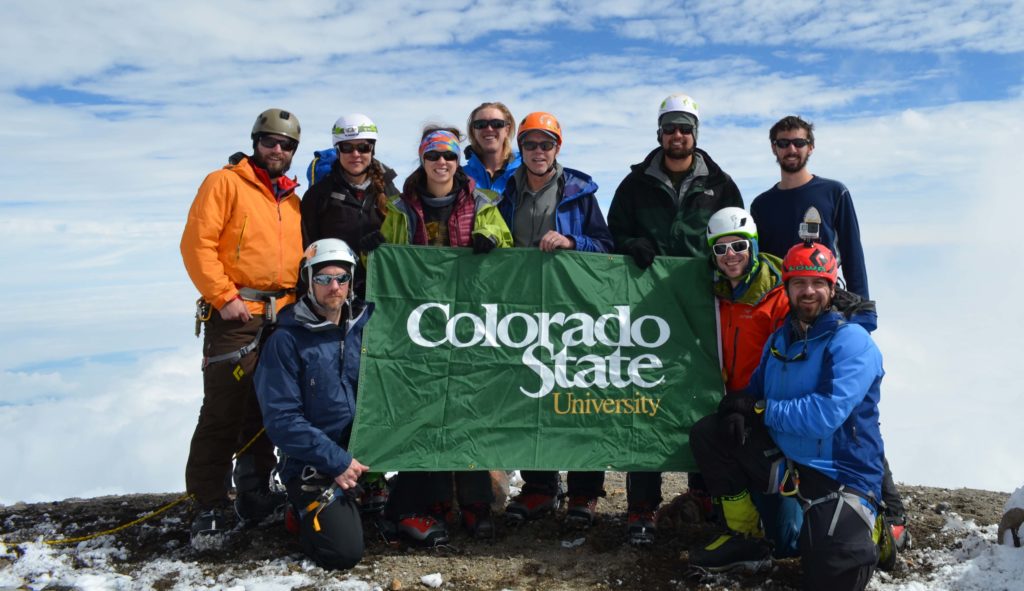
Summit!

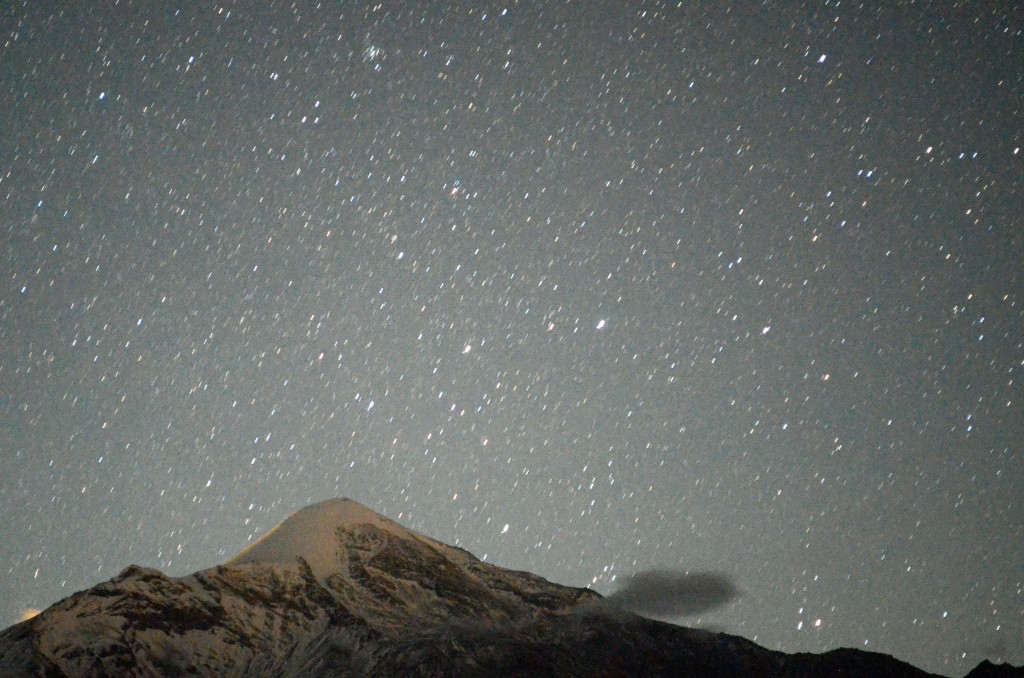
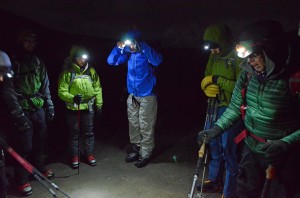
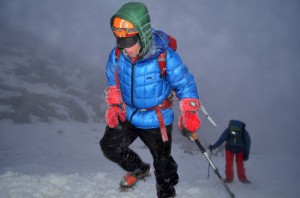
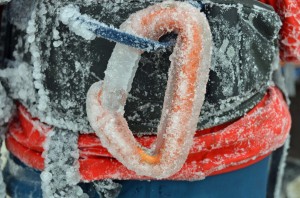
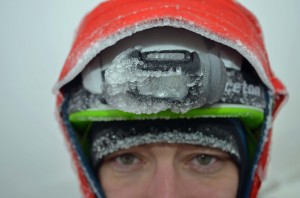
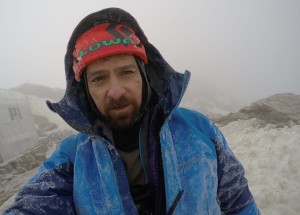
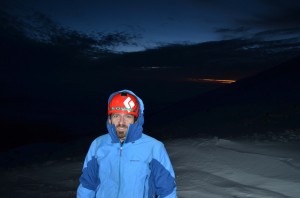
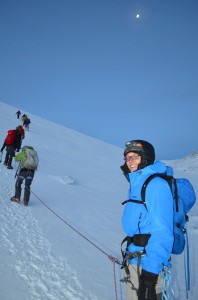
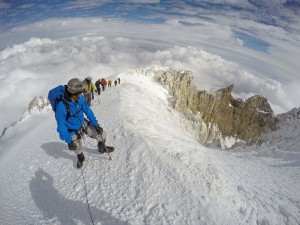
Hi GeordieYou dont know me but I am following all of your preorgss back in the UK. My sister Kelly is married to Stu (for her sins) so I have been watching all of the updates on the various sites intently.Anyway just wanted to say good luck to you and all of the team for your summit attempt.Take care x